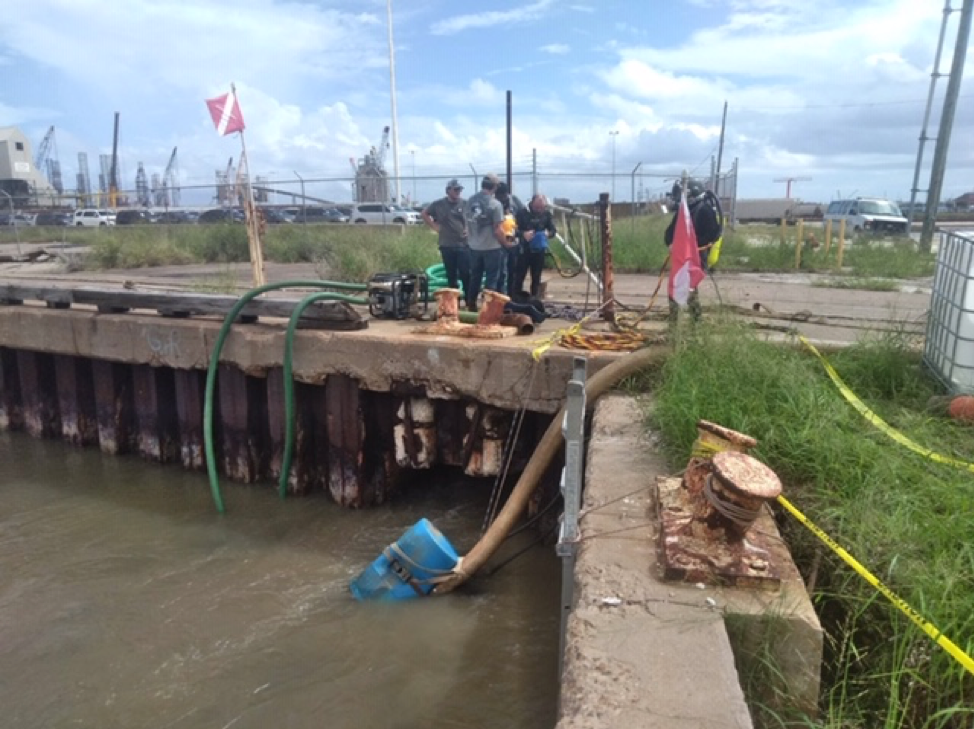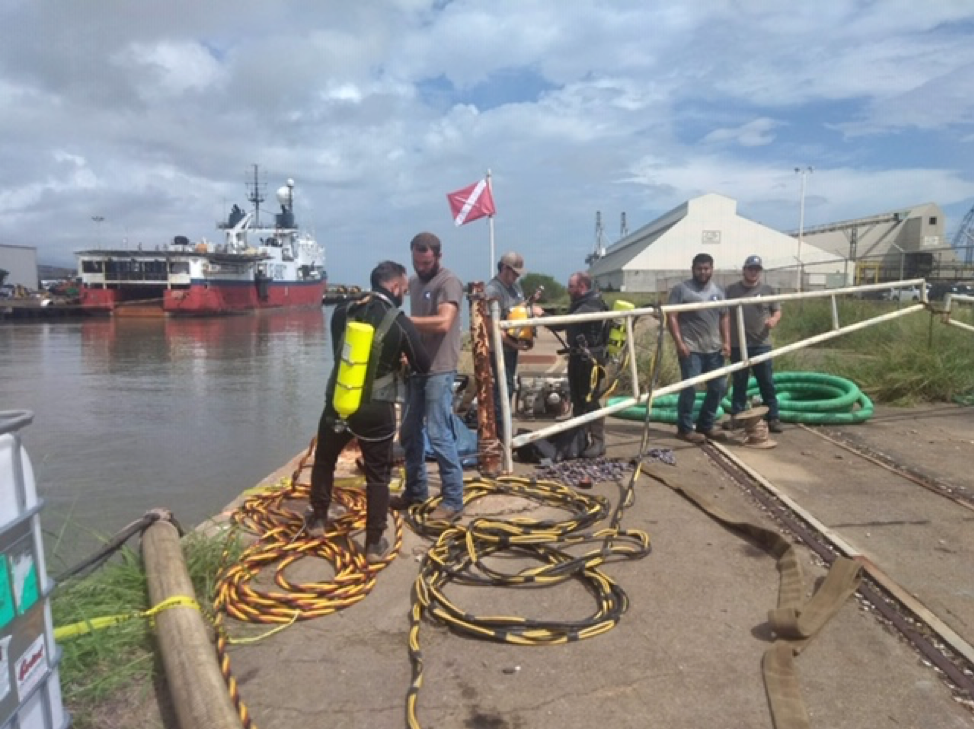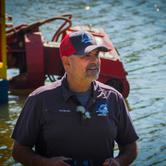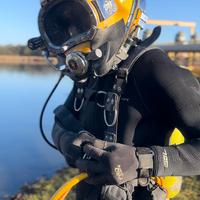Culvert Inspection, Cleaning, and Repairs
Culverts are the unsung heroes of our cities. They efficiently and safely move water under roads and bridges and help prevent catastrophic flooding. When working as intended, they’re virtually invisible. Out of sight, out of mind. Culverts only become a problem when they run into disrepair or are otherwise clogged up by natural or man-made materials. Once that happens, city officials and maintenance crews are in a race against time as they try to locate the source of the problem and fix it before it causes any property damage. In this blog post, we’re going to look at what exactly a culvert is, how we inspect it, and options to fix whatever problems we find.
What is a Culvert?
A culvert is defined as a tunnel that is intended to carry a stream of water underneath a railway or road. Sometimes, they can also act as a bridge to carry pedestrian and vehicle traffic. There are several different types of culverts, such as arches, pipes, and boxes. The type of culvert used is based upon several things such as water surface elevation, roadway type, hydraulic, and other considerations. Culverts can be made out of one of several materials such as concrete, aluminum, High-Density Polyethylene (HDPE), or steel. The materials they’re made out of are determined by required hydraulic efficiencies, local construction practices, needed strength, overall cost, and durability.
Why do Culverts Fail?
Many things can cause a culvert to fail. Catastrophic floods or other acts of God, lack of maintenance, poor installation, corrosion of the materials they’re made out of, and erosion of the soil are just a few of the many reasons a culvert can fail. Sometimes a tiny crack can form which will go unnoticed for many months or years. It’s not until that crack suddenly becomes bigger that the problem's full extent emerges. At this point, it’s a race against time to locate and fix the problem before it gets any bigger.

What does a Culvert Inspection Entail?

A culvert inspection involves much more than a hard-hat guy nodding his head while scribbling furiously on a clipboard. It's a systematic process in which engineers and divers use several manual and technological methods to assess the overall state of the culvert and then devise a repair plan. If you find a blockage, it's best to clean it out as soon as possible. Sometimes, blockages cover up areas of damage or disrepair. Companies like American Underwater Services can not only help clean up the blockages but also perform repairs. All it takes is one minor weather event, storm surge, or other act of God to cause total and complete culvert failure.Commercial Culvert Inspection
Some of the things that the experts at American Underwater Services will inspect for are:
Cracks or separations within the pipes
Pipes can break, regardless of their material. Sometimes, it's due to age and deterioration (including lack of maintenance), and other times, it's due to outside forces such as weather events, sudden earth movements, and construction equipment operator errors. A small crack can quickly become a massive pipe failure. If someone still needs to inspect the culvert, it could be a ticking time bomb. Cracks or separations can also cause sinkholes and complete pipe failure.
Looking for debris or sediment
Inspectors will also search for sediment or debris blocking the flow of water. If not cleaned, sediment can clog pipes, restricting stormwater runoff and flooding streets or property.
Inspecting for marine growth
Over time, marine growth, such as algae, nuisance water plants, and other biological materials, can clog up the water flow. The divers at American Underwater Services were sent to a job site for a municipality on the Texas coast. City officials wanted to find out why their city streets were regularly flooding. The divers found their pipes blocked with over 50% marine growth and sand.
Nationwide Culvert Inspection, Cleaning, and Repair
At American Underwater Services, we have decades of experience helping cities and municipalities inspect, clean, and repair damaged culverts. Call us at (817) 377-8512 to schedule a consultation. We're based in Fort Worth, Texas, but our technicians, divers, and field experts can travel anywhere in the country. No job is too big or too small.


